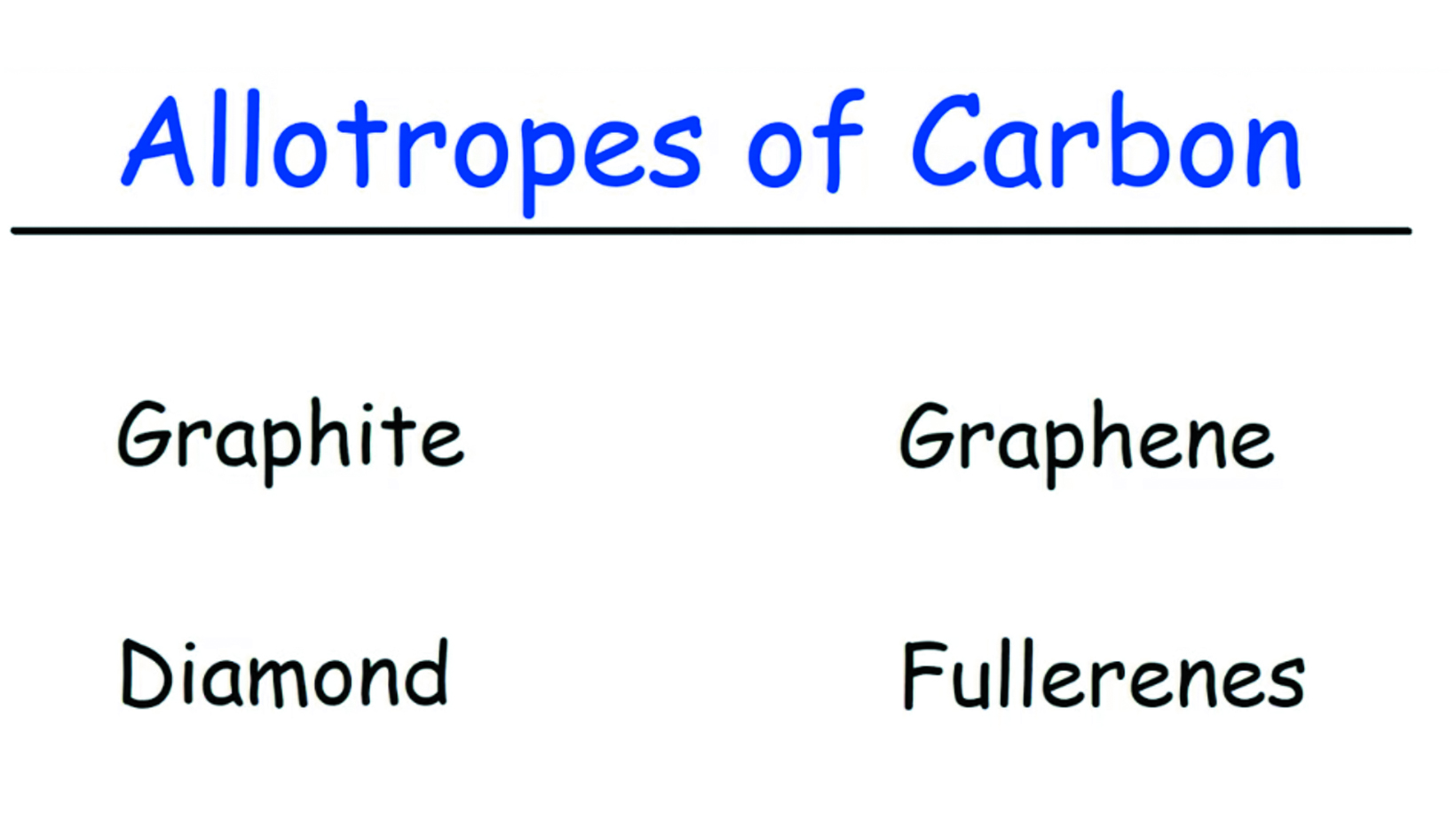Often used for turfgrass in coastal regions, Seashore Paspalum, also known as Paspalum vaginatum, is a warm-season perennial turfgrass species. Due to its tolerance to saltwater and high salinity levels, it is commonly found in tropical and subtropical areas near the ocean. In the U.S. it is found along the coast of North Carolina southward to Florida and around to Texas. South Africa, Australia, and New Zealand also regularly use this turfgrass.
Seashore Paspalum has a fine texture and forms dense, lush green turf. Its high tolerance to saltwater irrigation, makes it a popular choice for golf courses in addition to coastal landscaping projects. Additionally, its high salt tolerance, allows it to thrive in areas with saline soils or near the ocean. It will out perform any grass in high sodium soil. However, it won’t tolerate cold winters.
This grass species has a relatively low mowing height and can tolerate frequent mowing. Keep it mowed under 1 1/2″ to get a thick carpet. It can also tolerate some shade, but it prefers full sun to achieve its maximum growth potential. Seashore Paspalum has a high nutrient requirement and benefits from regular fertilization and irrigation.
One of the main advantages of Seashore Paspalum is its ability to recover quickly from wear and tear, making it suitable for high-traffic areas. Its dense growth habit also helps to prevent weed invasion.
Overall, Seashore Paspalum is a versatile and hardy grass species that thrives in coastal regions with high salt levels and offers an attractive and durable turfgrass option. It spreads by stolons and rhizomes.
Review our website to learn more and ask for Greensmiths products by name.




